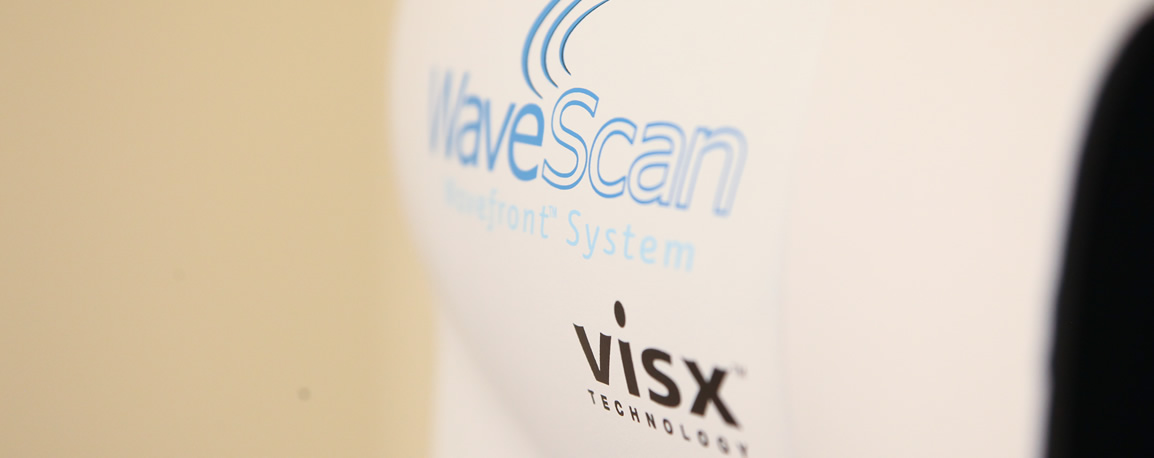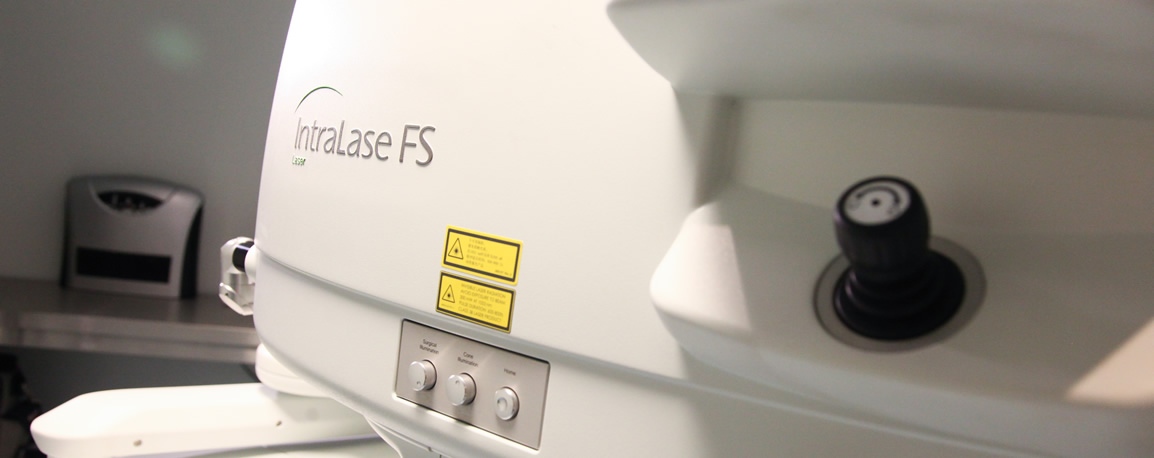Laser-Operations Department

Ypapanti Eye Clinic has a specialized refractive errors department which is staffed by highly trained and experienced doctors and scientific personnel, regularly updated on the latest developments in ophthalmology and refractive errors in particular. Our specialized clinic is equipped with modern advanced technology equipment, constantly subjected to quality controls guaranteeing the absolute validity of the results of any ocular examination for refractive anomalies.

LASIK:
The LASIK technique has gained more popularity worldwide as a surgery option. It essentially is a teaming of two different Laser technologies, the Femtosecond and Excimer, without using a scalpel. The result of Femtosecond laser is the creation of a precise corneal flap without the use of a scalpel or a microkeratome.
Then the Excimer Laser is applied under the flap, causing the necessary ablation of tissue in order to remove exactly the required degree of myopia, astigmatism or hyperopia. The flap is returned to its initial position covering the tissue on which the laser is applied. Despite the fact that this technique is more invasive, it has the advantage of a more rapid recovery and reduced post-surgical pain at an early stage. iLASIK constitutes the ultimate laser technique, similar in process as LASIK.
The difference lies in the fact that the correction is customized according to the special anatomy of each eye and individualized for each patient. In particular, thanks to the assistance of the WaveScan Analyzer machine by AMO we are able to put under the microscope some of the qualities of the vision, which affect night driving, light contrast, color deviations, etc. Further there is an option to integrate them in the laser; transferring these data to our LASIK surgical operations for patients that meet the safety conditions in the pre-operative level.
PRK/LASEK:
These techniques, which are widely known as surface photoablations, are less invasive and do not require the creation of a flap. They are intended mostly for use on thinner corneas and minor scale fixes.
The extremely thin epithelial layer of the cornea is removed by means of a brush (PRK) or a 20% alcohol solution (LASEK), and then the Excimer laser is applied, providing the required ablation of tissue in order to remove myopia, astigmatism or hyperopia to the desired degree.
In both cases, the epithelial layer heals within 3-5 days. This method has the advantage of being less invasive, however, the patient feels some irritation and the sensation that there is a foreign body in the eye, during the 3-5 days of post-operative healing time and vision is restored more gradually compared with LASIK. Nevertheless, the obtained results do not differ. The ophthalmologist, after conducting a detailed preoperative control, will indicate the appropriate and safe solution for your situation.
LASER ΚΕΡΑΤΟΠΛΑΣΤΙΚΗ:
HExcimer Laser technology has made possible, in addition to addressing refractive issues such as myopia, astigmatism and hyperopia, the treatment of other corneal diseases, including opacities following injury or infection, removal of calcium salts (band keratopathy ) as well as the restoration of corneal dystrophies.
The process is similar to that of PRK / LASEK techniques previously described.

